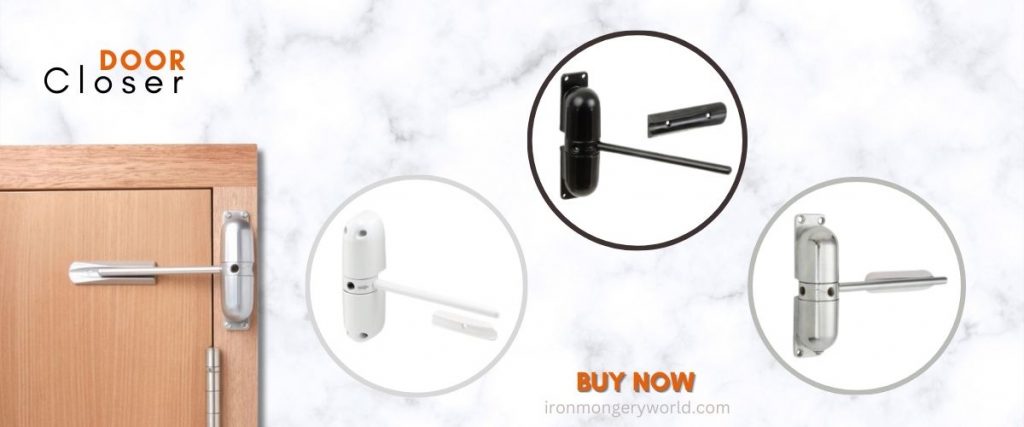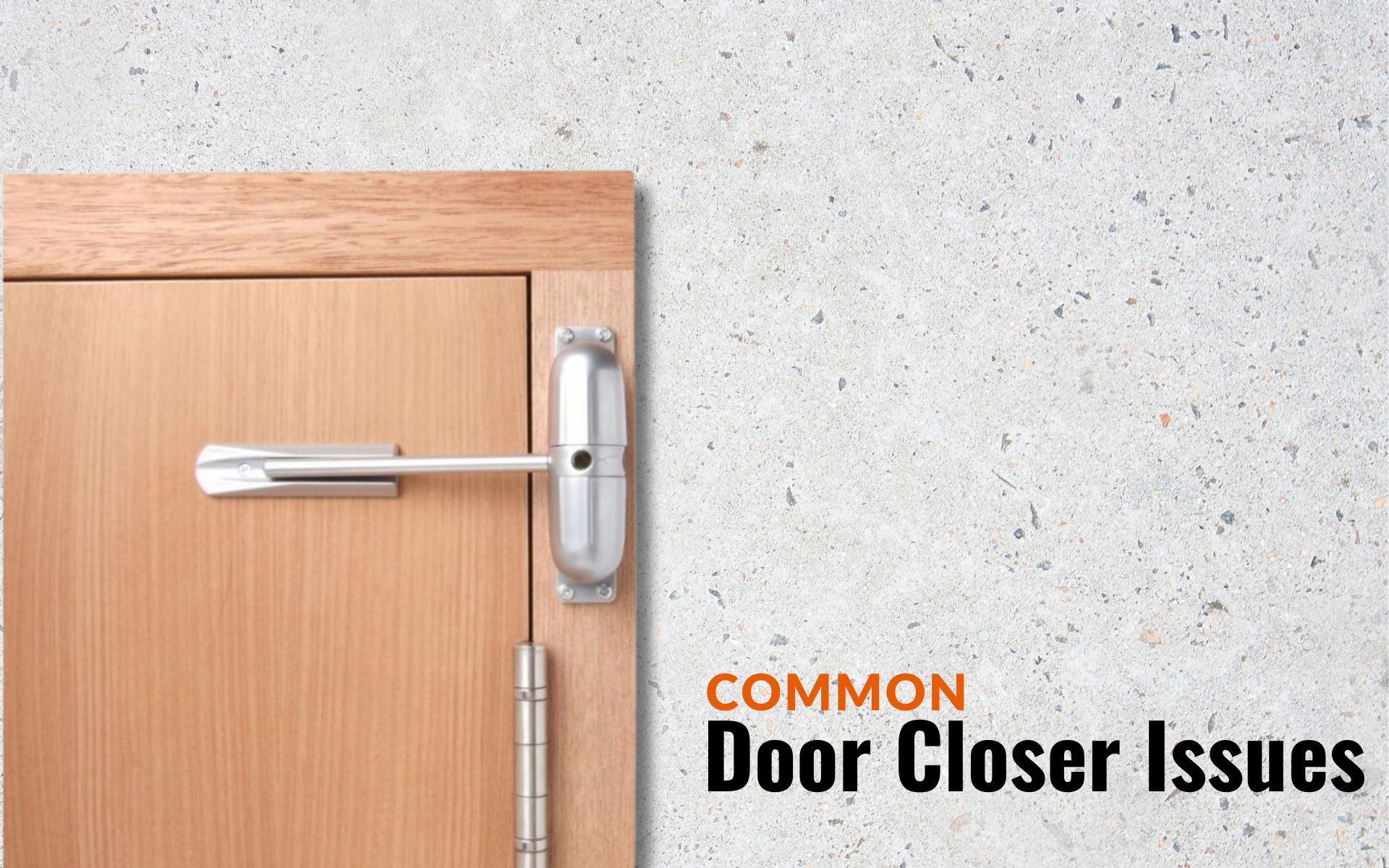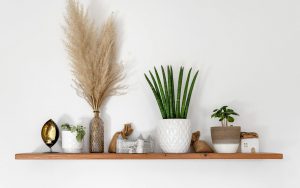No matter how long your doors have been in use or if they were only recently installed, problems can still arise. A variety of difficulties, from a lack of lubrication to old, worn-out hinges, can result in annoyance and inconvenience. Check out our information on some of the most typical door closer issues and solutions if you have started to have a problem with one or more doors. The door frame, hinges, locks, and exit devices are additional elements of the entrance ecosystem, which also includes door closers. Door closers must therefore be used in this ecosystem in a way that is harmonious.
Understand the Common Door Closer and Resolve them
The criteria for door hardware parts are generally well-regulated over the world, and door closers are no exception. To provide maximum security, every element of the entrance ecosystem must adhere to all local, state, and federal requirements.
1. Issues with Door Hinges
The capacity of hinges to open and close a door is crucial. Even though they perform the majority of the work, hinge issues are quite simple to fix.
A loose hinge is a typical hinge issue that can develop gradually over time and from regular use. Most of the time, all you need to do is use a manual or electric screwdriver to retighten the screws.
An additional frequent issue is a squeaky hinge. Simply lubricate the entire hinge, including the hinge pins and tops of the pin holes, using WD-40 or olive oil to address this issue. Then, wipe away any extra lubricant. You will probably need to replace the hinge entirely if that doesn’t work or if the hinge is too old and rusted.

Order Now: Door Closers
2. A Door that Cannot be Fastened
Because it is not performing as intended, a door that won’t latch is inconvenient. You may easily address the problem by looking at how the door fits in the frame rather than using something heavy to keep the door shut or making numerous attempts to jam it back in place.
You might need to either add larger screws or tweak the strike plate up or down, depending on how it fits, to correct everything. For the door to open and close properly, it must be able to make contact with the strike plate.
3. An Icy Door
It’s not just uncomfortable when a door draughts. Since you’ll be using your heating and cooling system more frequently to help manage the indoor temperature, it can also have a significant impact on your energy expenses. You must first identify the source of the draughts before you can repair a draughty door.
Most frequently, this happens because your door is not shutting flat against the frame or because your weatherstripping is worn out. Most of the time, weatherstripping that has been replaced or added will stop air from entering or evaporating. If it doesn’t, you might want to think about replacing the door entirely.
Read Also: How to Replace a Door Lock: Step-by-Step Guide
4. There’s a Sticking Door
A dirty hinge or a more complex problem with the foundation can both be the cause of a sticky door. Start with easy fixes when trying to solve a sticky door problem. Try cleaning the hinges first. If it doesn’t solve the problem, it’s time to look a little closer to identify the potential sticking point.
Examine the door jamb to see whether more room is required there to prevent sticking. To achieve this, insert a lengthy screw through the latch side of the door and into the door frame. If it doesn’t work, you might need to sand down several sticking places on your door.
5. Incorrect Bottom Wall Plate Alignment
Getting a door flush against a doorstop will be exceedingly difficult if the bottom wall plates are out of alignment. To correct this, consider bringing the components of the door jambs into the same plane, either the latch side or the hinge side.
Once the latch side brackets have been screwed into the wall, another way to solve this problem is to tap the top of the jamb with a block and a hammer to shift the top portion of the door.
6. The Top of the Door is Uneven
One side of the door may occasionally wind up higher than the other at the top if it is not put on a level surface. The side of the door hinge that is out of plumb may also be the reason. To start with, use a level to examine if the door is out of plumb before attempting to fix an uneven door.
You will probably need to trim down either the latch side or the hinge side of the door if the problem is due to an uneven floor. By measuring the space on the low section of the floor, you may determine how much of the door side needs to be reduced.
7. The Trim Is Inappropriate
If your door trim does not fit properly, you will need to examine a number of components, including the casing and the hinges, to determine the source of the issue.
If necessary, you can also cut it with a miter saw. You might also need to slightly bevel it back to fit it into place, depending on how it was put.
8. Sagging Door
A door may start to distort over time if it has been exposed to a lot of moisture or if it does not fit into the doorstop very well. First, observe if the appliance is out of the square with the wall. Make sure that it follows the same plane as the door’s hinge side.
9. The Door Automatically Closes
Dealing with a door that closes automatically might be frustrating.
The door is typically out of plumb and shuts under the force of its own weight when this occurs.
By pounding down on the top hinge pin and bending it, you can add some resistance to the door’s hinges to prevent it from doing that. A spring hinge can be added and adjusted to stop the door from closing.
After a week to ten days of use, newly installed door closers should have all of their screws checked and tightened once more. We must use the hydraulic oil that the manufacturer advises, and in cold climates, we must use hydraulic oil with a low condensation point.
Final Thoughts
After being put into service, the invisible door closer needs to be examined on a regular basis. Does the checklist include questions like Are the installation screws loose and missing? Is the connecting arm rubbing against the door body or door frame? Is the door body distorted and loose? how does the door close? Is the support guide piece leaking oil? etc.
Thanks for Reading!
Forward this article to your friends who want to know common door closer issues and how to troubleshoot them.



